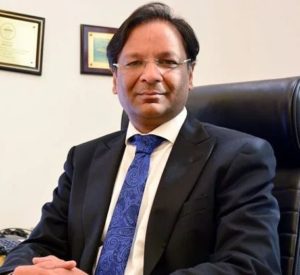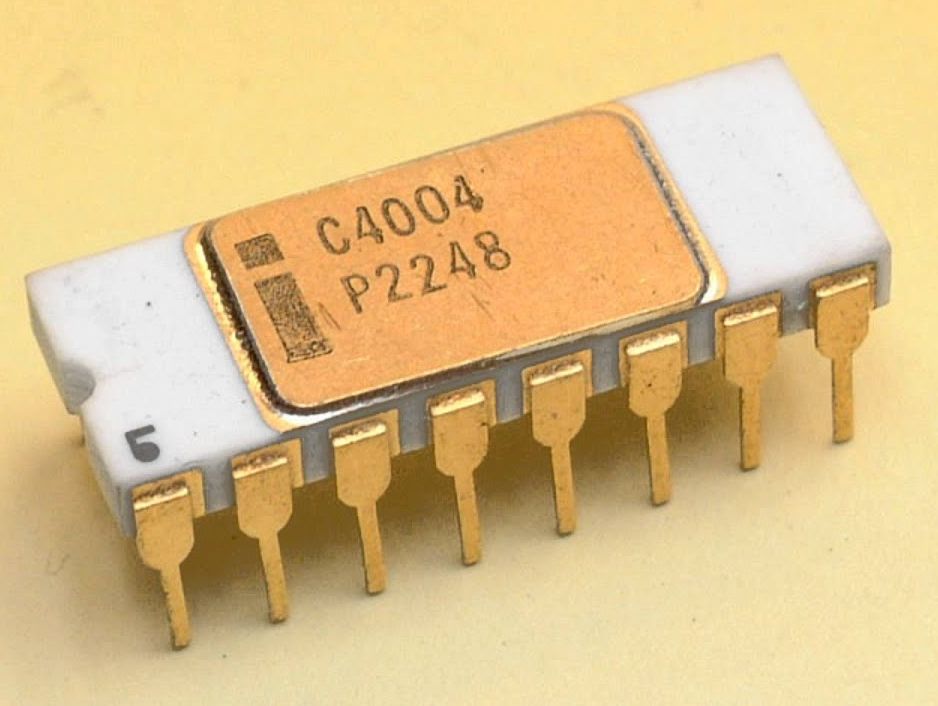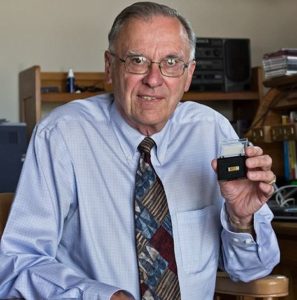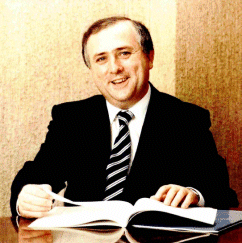Silas Adekunle : The Founder of AR Robot Maker ‘Reach Robotics’
It is quite obvious to think that the world’s first gaming robot has been developed by a teen from the U.S., maybe from Japan, or even China, but in our imagination, Africa, and then Nigeria is way behind in this contrast. But would you believe if we tell you that this very robot does exist, and the inventor of the same does not belong to any of the developed nations, but Nigeria? Yes, a young lad, Silas Adekunle, of Nigerian descent is the developer of the world’s first gaming robot.
Early Life
Silas Adekunle was born in Lagos, Nigeria where he spent initial ten years of his life. He was always curious about technology, but due to lack of resources, could not get access to it. But when he turned ten, his parents moved to the UK, and he got the chance to know more about it. He had the desire to learn but had to pace up his learning process due to cultural shock. But soon, he was able to get among one of the bright students in his school.
After completing his school education, he joined the University of the West of England, Bristol to complete a bachelor’s degree in robotics and opted for C++. But it was before joining the university, that he had already started learning to code and do experiments with robots through YouTube and other online tutorials. Because of his knowledge about robotics, he became the team leader of the Robotics in Schools programme of the university. This programme targetted the students with a promising performance in the field of science, technology, engineering and mathematics. This was the turning point of Adekunle’s life, as he got to learn more about the subject he loved.
Finding the Passion

Besides going to college, he opted for a part-time teaching job, where eventually, he started teaching the kids about robotics using his robotic kits, he was using. But soon, he realised that the kids used to lose their interest in robots as soon as they know completely about it.
While teaching the kids, he conceived the idea of Reaching Robotics, a program to teach kids robotics, built in a more innovative way. The concept was to build robots with gamification. He pitched the idea in front of the university and Princes’ Trust. Adekunle always knew he wanted a career in robotics and had made some entrepreneurial plans as well. As he was always in love with motion, he decided to build a consumer product based on it.
Founding Reach Robotics
Inspired by the already existing pet robots, Adekunle started working on a robot that would also express emotions and be a character from a game. In 2013, he met Christopher Beck, who was studying for his PhD in computer science, and John Rees, a robotics expert and engineering consultant. Both joined Adekunle for the development of the robot. Next thing they did was founding Reach Robots.
It took the three of them to create their and the world’s first gaming robot named Mekamon total two years. Mekamon is a gaming robot using which a player can play the game through its Android or iOS phone. The robot has got sensors to sense the obstacles and can easily identify things around it. The robot is a combination of gaming mechanics and augmented reality.
Receiving the Funding and New Partnerships
Silas Adekunle pitched his idea of gamified robots in front of a few capitalists and was able to raise $10M in total, including pre-seed and seed funding. Later, he also launched an educational branch of the firm with the name Reach Edu. The company also launched an app that teaches the children robotics and coding. The Reach Robotics product Mekamon was influencing enough that it also got Apple onboard to sign an agreement with the company in 2017. According to the agreement, Apple is the official retailer of the robot and sells the product in both the US and the UK markets.
Today, Reach Robotics is one of the leading robot makers that make use of AI and AR for the development of their robots. For his development works, Adekunle has been awarded a few famous awards. He was named to the Financial Times’ list of the ‘Top 100 minority ethnic leaders in technology in November 2018. He was also in the list of Forbe’s 30 Under 30 list. UWE Bristol also awarded him an Honorary Degree of Doctor of Technology to recognise his contribution to the student entrepreneurship and technology development.

Yashica is a Software Engineer turned Content Writer, who loves to write on social causes and expertise in writing technical stuff. She loves to watch movies and explore new places. She believes that you need to live once before you die. So experimenting with her life and career choices, she is trying to live her life to the fullest.










